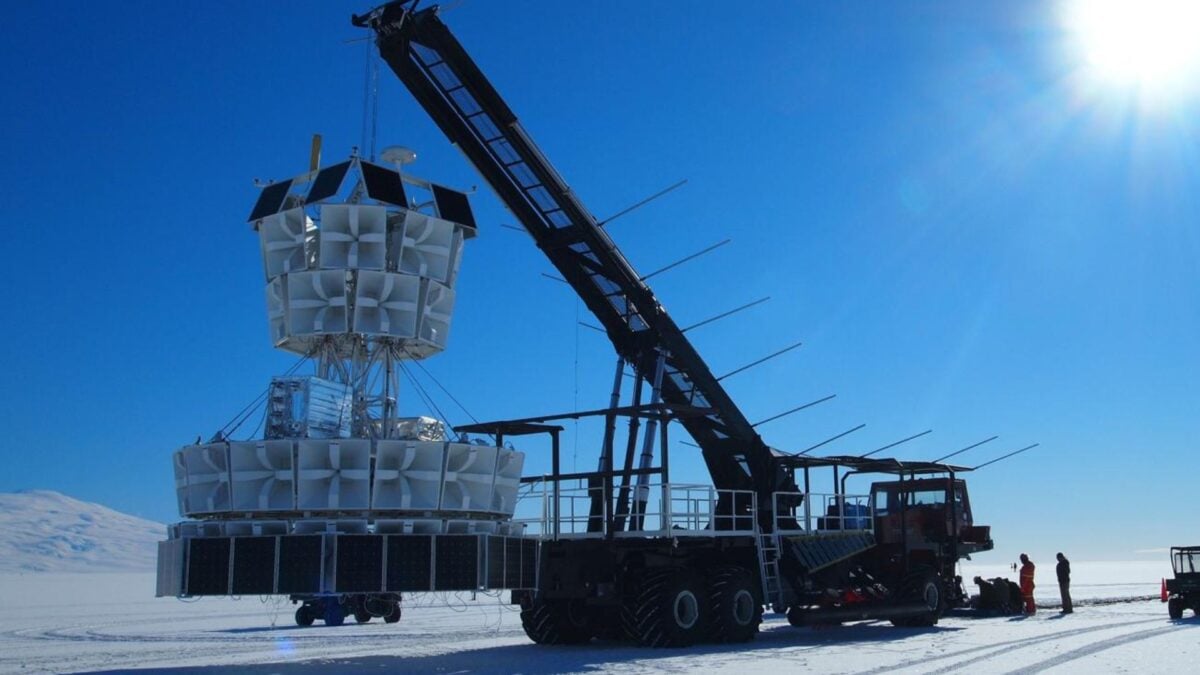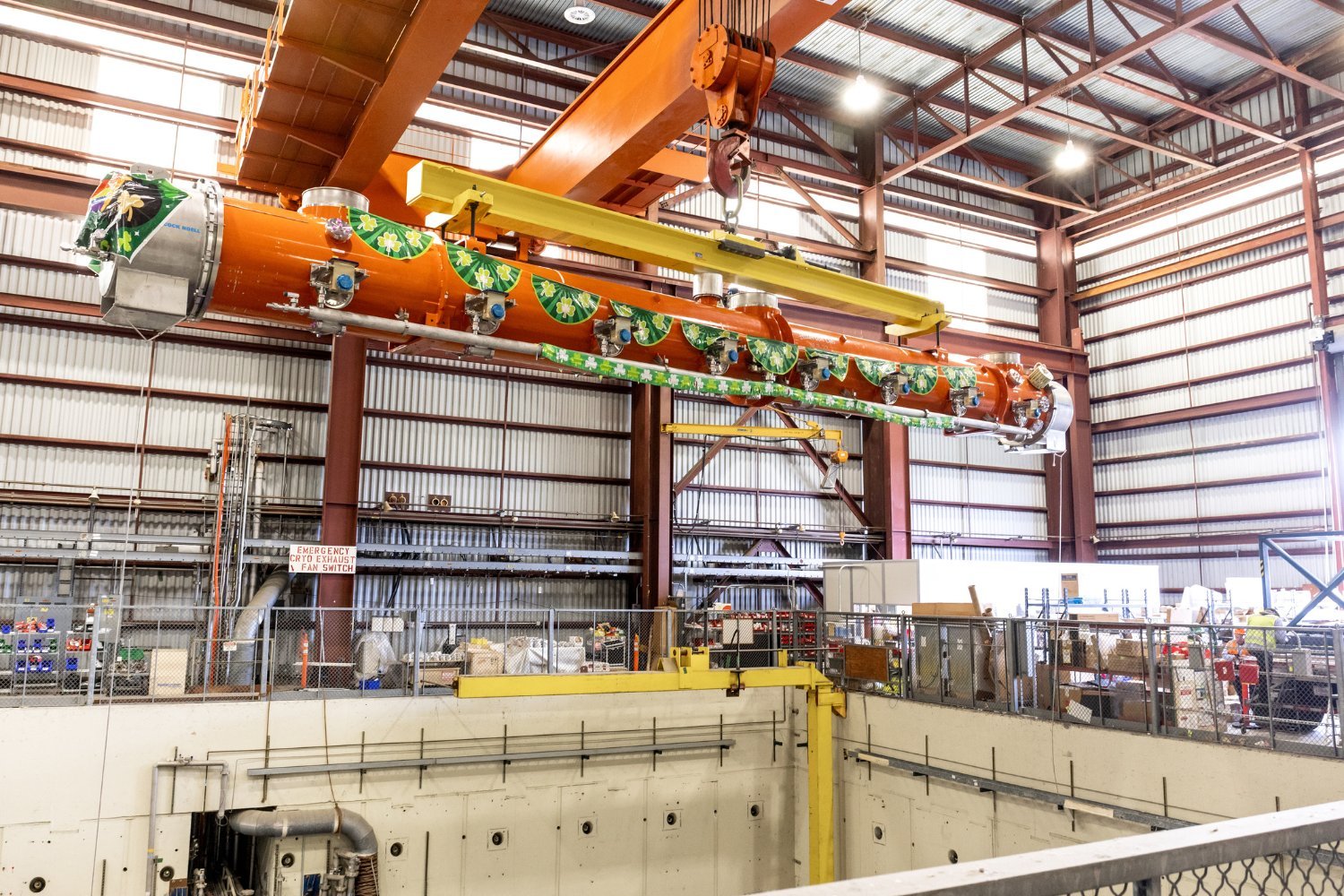It’s a fundamental concept: gravity makes a sphere roll down an inclined plane. But what if that plane is perfectly vertical? Conventional physics suggested it would simply fall. However, groundbreaking research has now demonstrated that a sphere rolling down a vertical surface without any initial push is indeed possible, overturning long-held scientific assumptions.
This surprising phenomenon was documented by researchers at the University of Waterloo. “When we first saw it happening, we were frankly in disbelief,” stated Sushanta Mitra, executive director of the Waterloo Institute for Nanotechnology, in a university statement. The team described this discovery as a challenge to “our basic understanding of physics,” emphasizing that they “double-checked everything because it seemed to defy common sense.” Their findings, capturing the vertical rolling with high-speed cameras, were published in the journal Soft Matter in April study.
The key to this vertical rolling lies in a delicate balance of elasticity—or softness—between the sphere and the vertical surface. In their experiments, overly rigid spheres dropped directly, while excessively soft ones either slid without rolling or adhered to the plane. The researchers found that a sphere with a softness comparable to a gummy bear could spontaneously roll down a vertical surface similar to a spongy mouse pad. This movement occurred at a slow pace of approximately 0.039 inches (one millimeter) every two seconds.
 Animated GIF illustrating a soft sphere rolling down a vertical plane, a key finding in contact mechanics research by the University of Waterloo.
Animated GIF illustrating a soft sphere rolling down a vertical plane, a key finding in contact mechanics research by the University of Waterloo.
Mitra elaborated on the mechanism: “The key is that as it rolls, the sphere slightly changes shape at the contact point. The front edge acts as a closing zipper, while the back edge acts like opening it. This asymmetry creates just enough torque, or grip, to maintain rolling without either sticking or completely falling off.” This subtle deformation and the resulting torque are crucial for the observed vertical motion.
The implications of this discovery extend far beyond academic curiosity. These findings could revolutionize the development of soft robots capable of scaling vertical walls. Such technology would be invaluable for inspecting and monitoring hard-to-reach infrastructure, navigating complex natural environments like caves, or even for applications in space exploration. “This opens up a whole new way of thinking about movement on vertical surfaces,” Mitra added. “Currently, robots and vehicles are limited to horizontal or slightly inclined surfaces. This discovery could change that.”
In conclusion, the observation of a sphere rolling down a vertical plane is more than just a curious physics feat; it’s a significant advancement that challenges fundamental scientific understanding. This breakthrough not only redefines aspects of contact mechanics but also paves the way for innovative technologies in robotics and exploration, potentially transforming how we approach movement in vertically oriented environments.











